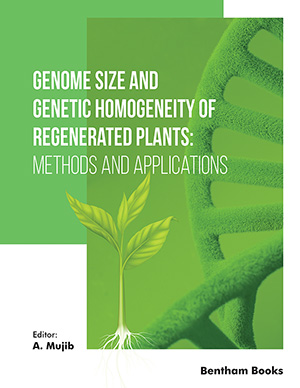Abstract
The chapter presents the knowledge accumulated on the recent investigation
of somatic embryogenesis (SE) in genera Medicago. The role of 2,4-D in the process of
induction of embryogenic potential in diploid Medicago and its transport by the
combined action of auxin transporters or diffusion of dissociated molecules is
discussed. Among the many methods for studying the process, this chapter is focused
on cellular and molecular tools – flow cytometry, assessment of expression level of SE
related transcripts of key genes of auxin inducible process and different PCR
techniques. Our recent studies on the process of SE in M. truncatula are focused on the
role of the two genes MtLAX3 (an auxin transmembrane transporter) and a
transcriptional factor MtARF-B3 (an auxin response factor, containing a B3-binding
domain). The transcription profiles of these genes are evaluated and their expression
patterns are assessed during indirect somatic embryogenesis – steps of callus
formation, embryogenic zone formation and the stages of globular, torpedo and
cotyledonary embryos. The localization of expression during the process of SE is
traced by the β-glucuronidase reporter gene (GUS) under the control of the promoters
of these genes. Inverse PCR (IPCR) and Transposon display (TD) are techniques which
evaluate transposition and new retrotransposon copies in the investigated mutant lines,
and we used these methods as markers for the efficiency of the induction phase of the
process of SE. The use of all these methods turns light on a better understanding of the
process of somatic embryogenesis in the model species Medicago truncatula and other
annual medics.
Keywords: Somatic embryogenesis, genus Medicago, Flowcytometry, Transcript profiles, PCR-techniques.






















